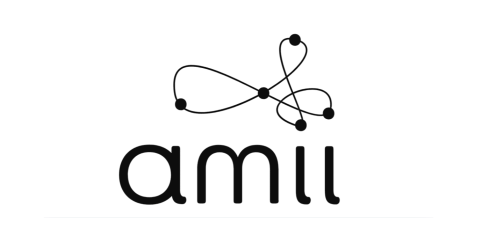
ISL Adapt: ML for Cleaner, Greener Water Treatment
AI Projects
Information
A joint effort between Amii, the University of Alberta and ISL Adapt was exploring how machine learning (ML) can make water treatment more environmentally friendly and cost-effective.
When Drayton Valley -- a small town about 130 kilometres southeast of Edmonton -- decided to replace their ageing water treatment plant, they hired ISL Engineering to build a facility that could handle future population growth in a sustainable fashion.
Through their ISL Adapt initiative, the firm linked up with a team of researchers to determine how they could use ML to reduce the environmental and energy costs of the new plant, including Amii. The project was also supported by Alberta Innovates.
Water treatment plants are very power-intensive, so reducing energy use was one of the main goals. Much of that energy use comes from pumping water, especially for a plant like Drayton Valley, which uses a process called ultrafiltration. The process uses chemicals on untreated water that creates conditions where small particles and contaminants are bound together to improve the filtration process. Then, the plant pumps the water through special membranes, which filter out smaller contaminants and let clean water through.
As water production time goes on, those membranes get dirty and have to be cleaned by backwashing treated water through them. A more efficient system means more effective cleaning, which means less pumping and less energy used.
This complex process is further complicated by the fact that water conditions are always changing. Rainfall, seasonal melt and other biological factors can greatly affect the quality of raw or untreated water and change the way plant operators have to deal with it.
